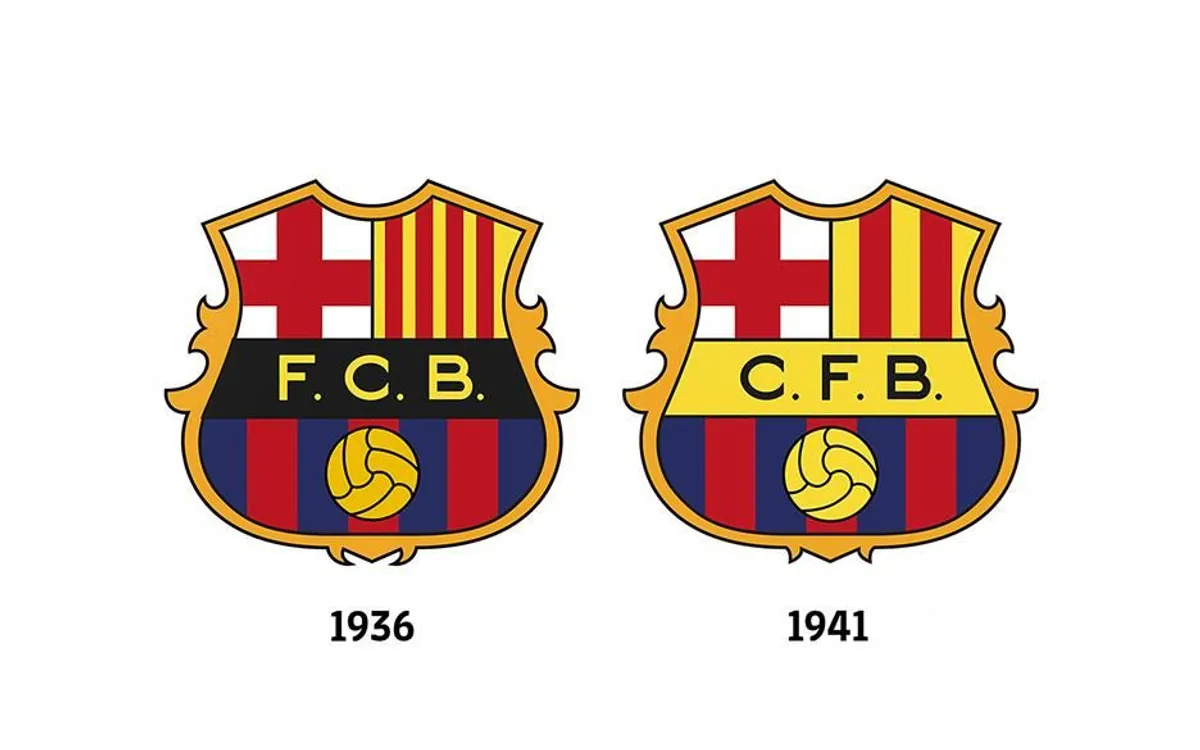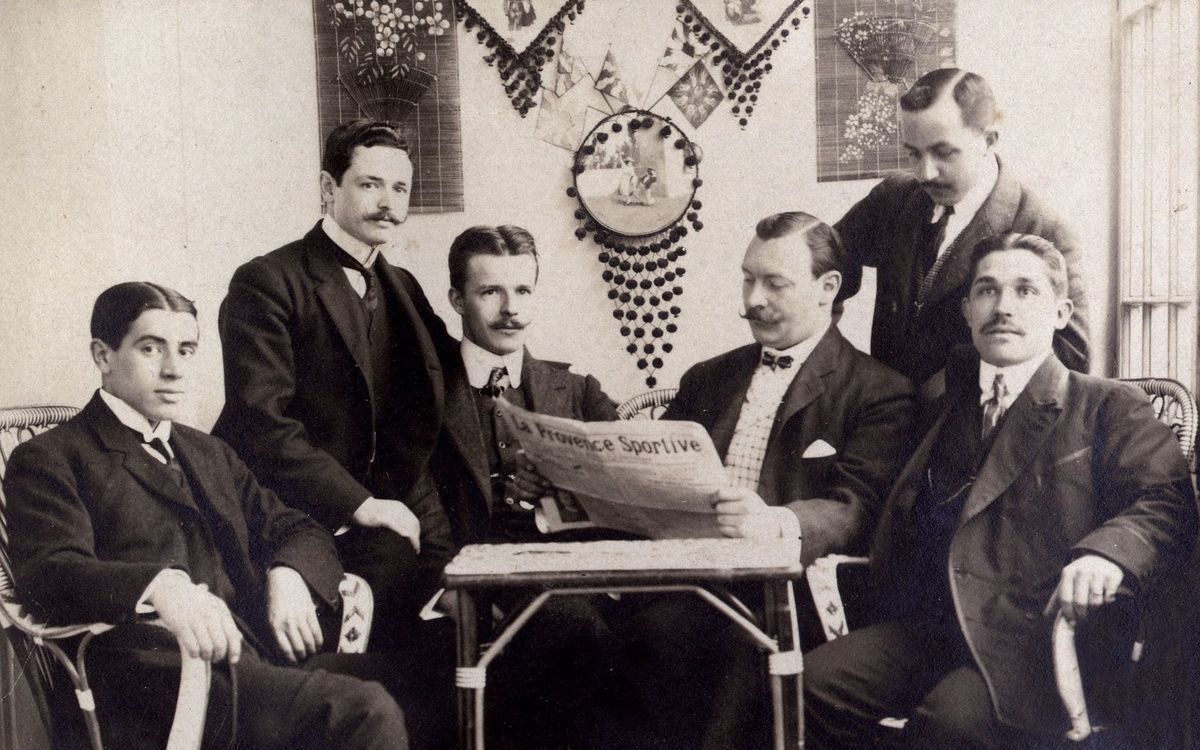Cuando en el Barça no había elecciones (1899-1952)
- Viber
- Messenger
- Copiar enlace
La manera de llegar a la presidencia del Barça ha ido variando a lo largo del tiempo. Hoy en día no se contempla ninguna otra opción que la democrática, pero no hay que olvidar que esto es así sólo desde el año 1978. Las del próximo 7 de marzo serán las decimocuartas elecciones que se celebrarán, y a lo largo de las próximas semanas, el Centre de Documentació i Estudis publicará una serie de cuatro artículos para conocer en profundidad la evolución democrática del Club y cómo han sido elegidas las personas que han dirigido la Entidad a lo largo de su historia.
Todo empezó el 29 de noviembre de 1899 cuando Joan Gamper y once amigos fundaron el FC Barcelona y tuvieron que designar a un presidente para la nueva entidad. Gamper propuso a su hombre de confianza, Walter Wild, y todo el mundo estuvo de acuerdo.
A partir de entonces se estableció una suerte de rotación presidencial amistosa y pactada. Este sistema, el de la aclamación en asamblea general, fue durante un largo periodo el procedimiento de elección de los presidentes del Club. Fue así como llegaron a la presidencia Bartomeu Terrades, Paul Haas, Arthur Witty, Josep Mª Soler, Juli Marial y Vicenç Reig.
Este sistema de elección quedaría plasmado en los documentos de gobierno de la entidad. En los estatutos del Foot-ball Club Barcelona de 1902, en su capítulo Tercero, artículo 9 y sucesivos, se dice que «La Sociedad será gobernada por una Junta Directiva de siete miembros». Esta junta será renovada anualmente, existiendo la posibilidad de ser reelegida, y siendo atribución de la Junta General la responsabilidad de nombrar a los cargos. Los Estatutos de 1911 modificarán estas condiciones, ampliando a nueve los integrantes de la junta con una vigencia de dos años.

Cartel del 25 aniversario del FC Barcelona (1899-1924) de Josep Sagrelles
A finales de 1908, Gamper accede por primera vez a la presidencia en un contexto de grave crisis interna que ponía en peligro la pervivencia de la institución. Gamper sería presidente en otras cuatro ocasiones, en 1910, 1917, 1921 y 1924. Su carismática figura dominó el panorama azulgrana durante todo ese período, conduciéndolo hacia el éxito.
El Barça era ya a principios de la década de 1920 la gran entidad deportiva de Cataluña. Exitosa deportivamente, relevante en el ámbito social y con una enorme significación cívica y cultural que tenía como piedra angular el catalanismo. El club pasará de 3.000 a 12.000 socios en tan sólo cuatro años. Los socios continuarán escogiendo en asamblea a su presidente a el inicio de la dictadura del general Primo de Rivera (1923-1930), cuando el gobernador civil de Barcelona, Joaquín Milans del Bosch, decreta la clausura del club durante seis meses después de una pitada generalizada a la Marcha Real durante un partido contra el Júpiter en homenaje al Orfeó Català. En contrapartida, el club quedará clausurado, Gamper será “invitado” a dejar la presidencia y marchar al exilio y con el Júpiter obligado a cambiar su escudo. Únicamente la intercesión de Arcadi Balaguer –muy bien relacionado con la monarquía– consiguió salvar el club de la desaparición. Arcadi Balaguer fue el primer presidente del club impuesto por las autoridades, y ejerció el cargo hasta el 1929, prácticamente hasta el final del régimen. Con todo, el resto de los cargos de la junta siguieron siendo elegidos en asamblea de delegados, tal y como se puede comprobar en los boletines oficiales de la época.
Este intervencionismo del Estado en la dirección de la entidad finalizó con el debilitamiento de la dictadura. Durante las presidencias de Tomàs Rosés, Gaspar Rosés, Antoni Oliver, Joan Coma y Esteve Sala se tuvo que lidiar con las difíciles circunstancias de la época; un momento en el que la llegada de la Segunda República y la politización social coinciden con un declive de la entidad.
La nueva versión de los Estatutos de 1932, impulsada durante la presidencia de Joan Coma, instauraba un consejo directivo de once miembros elegidos por la Asamblea General Ordinaria con la posibilidad de ser reelegidos. El artículo 16 dicta que los miembros del consejo «se renovarán per tercios cada año, y permanecerán en él por espacio de tres años».
El 27 de julio de 1935 Josep Suñol asume la presidencia del FC Barcelona en un contexto muy complejo económica y socialmente, tanto por lo que respecta a la entidad como al país. Conseguirá sacar adelante el Club, por el estallido de la guerra civil truncó y amenazó la vida de todo y de todos, también la del Barça y la de su presidente. Josep Suñol será asesinado por soldados sublevados en la Sierra de Guadarrama (Madrid) durante los primeros días del golpe de estado en el trascurso un viaje en calidad de diputado en Cortes.
El 15 de agosto de 1936, en el momento álgido de la vorágine revolucionaria que se vivía en Barcelona, se llevará a cabo la incautación del Club por parte de un Comité de Empleados dirigidos por Rossend Calvet, Josep Farré y Josep Pujol. Pero si se consultan los libros de actas del Club, se puede descubrir la verdadera naturaleza de esta acción. En ellos se dice que «por parte de una unidad sindical se había requisado el campo de las Corts» y que, en respuesta, «los empleados del FC Barcelona que, en contacto con el Consejo Directivo, en previsión (…) habían recibido con anterioridad el consentimiento para incautarse, si era necesario, de la entidad (…) motivado por la estima y afecto que sienten por el FC Barcelona». En 1937, con la pérdida de influencia del anarcosindicalismo en la retaguardia, el Barça volvió a la normalidad, tomando Francesc Xavier Casals posesión como presidente tras ser nombrado en reunión de la junta directiva.
El final de la guerra civil y la instauración del franquismo supuso un punto y aparte en la historia del Club y en la su gobernanza. El franquismo tenía la voluntad de ejercer un control vertical del deporte español ejecutado con mano de hierro, intentando impregnarlo de los valores fascistas y militaristas propios del régimen. Existe la clara voluntad de aniquilar para siempre el carácter cívico y la significación sociocultural que tenía el FC Barcelona desde su creación. El Estado se arroga la atribución, mediante la Delegación Nacional de Deportes, de la redacción de los estatutos de los clubs, del nombramiento de sus presidentes y de la depuración de sus dirigentes, empelados y deportistas no afines al nuevo orden. El socio no tenía derecho a nada, ni tan sólo a reunirse en asamblea.
Así, en 1939 se le impone al FC Barcelona una Comisión Gestora hasta que la Delegación Nacional de Deportes decide nombrar a Enrique Piñeyro, Marqués de la Mesa de Asta, nuevo presidente. El acta de junta del 13 de marzo de 1940 reproduce el discurso de toma de posesión de Piñeyro, donde deja bien claro cuáles serán sus prioridades: «Tenemos que considerar nuestro mandato como un servicio a la causa del engrandecimiento de España. En el ánimo de todos están hechos pasados que no deben repetirse». Y continúa: «Hay cosas (…) que se fueron para no volver en España, y algunas de estas cosas se fueron también de este Club».
Este posicionamiento quedó plasmado tal cual en los Estatutos de 1940. El archivo del Club dispone de una copia de estos estatutos gracias a la donación realizada por Jordi Finestres y Xavier G. Luque al Centre de Documentació i Estudis del FC Barcelona en 2015. En este documento queda constancia del intento por desnaturalizar al Club, materializado en el cambio de nombre por el de “Club de Fútbol Barcelona” y del escudo, «que será de la misma forma que ha tenido hasta el presente momento, dividido en dos zonas (…) por una franja sobre fondo dorado en la que se hallen estampadas las iniciales C. F. B. En la parte superior figurará el escudo de la ciudad, formado por una cruz roja en la mitad izquierda y dos franjas rojas verticales, en fondo amarillo», haciendo desaparecer la bandera catalana. Por suerte los colores no cambiaron, pero faltó poco para que así fuese…

Los estatutos de 1940 reflejan el cambio de nombre y del escudo del Club.
En cuanto al gobierno del Club, se instaura un consejo de entre 12 y 18 miembros que pueden socios de la entidad o no. El presidente será ahora nombrado por la Federación Catalana de Fútbol contando con el beneplácito de la Federación Española en «conformidad con lo que dispone la Superioridad». Además, para demostrar la afinidad del presidente con el régimen será necesario acreditar: dónde se trabajaba antes de la guerra, dónde le sorprende el golpe de estado y qué hizo durante el conflicto y hasta la finalización de este. Estos requisitos serán extensivos también a los dierctivos que, como el presidente, no podían dimitir del cargo sin la conformidad de las autoridades. Por último, el régimen amenaza con expulsar a los socios que «por su comportamiento moral, social o político» así lo merezcan.
Esta situación continuará hasta que una fisura en la normativa permita que el 20 de septiembre del 1946 sean los propios directivos barcelonistas quienes elijan nuevo presidente a Agustí Montal i Galobart, y con ello se comience a experimentar un cierto aperturismo en el seno del Club. Montal i Galobart convocó una primera asamblea de compromisarios en julio de 1948, por bien que el régimen únicamente permitiera la presencia de 1% del total de socios. El FC Barcelona se rehacía social y deportivamente. Se pasa de 3.486 socios en 1939 hasta los 30.000 a final del mandato de Montal. Se dará impulso a la creación de un consejo consultivo, se restaurará la figura de Joan Gamper en la memoria del Club, se experimentará un distanciamiento de los postulados del régimen y se celebrará con éxito el 50 aniversario de la entidad. Montal fue reelegido por aclamación y en 1952 traspasa el poder al directivo Enric Martí Carreto.
- Viber
- Messenger
- Copiar enlace

